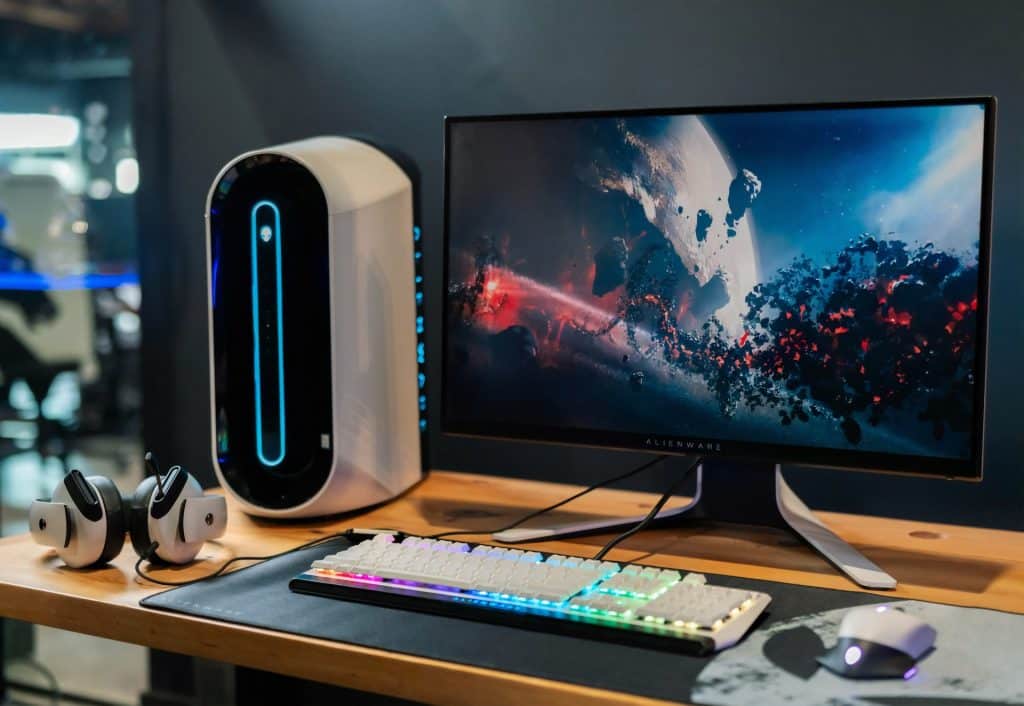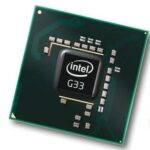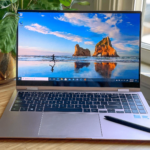With the onset of the digital world and all the cool features that it has to offer, we are more prone to doing everything online on our laptops or desktop, like playing games and watching movies! It has brought the world under our roof in the truest sense of the term!
This, in turn, has also given rise to the concept of Metaverse, where you, your friends, and everyone in the world will have a virtual presence with the help of their avatars online. There you can play games, sit in a cafeteria, watch movies and do everything on the Metaverse you can do in the real world while sitting in the comfort of your house.
It’s a no-brainer that enjoying all of these surely calls for a good visual experience, otherwise, the whole thing would result to look like an output of myopia! And when it comes to visuals particularly, the graphic card is the brain here, which balances and regulates all the required functions to give you the desired result.
So, yes, some kind of graphics power is required in order to display anything on our screens. For watching movies specifically, you don’t need a very powerful graphics card. Even an integrated GPU inside your CPU will work fine. However, when we talk about 4K or 8K movies, slower GPUs with less VRAM can cause issues like video stuttering.

How is the graphics card related to the visuals?
We all have heard that an XYZ laptop has a Graphics card of 8GB, which generally would give us a rough idea about how your visuals are going to be. For the record, a good graphics card gives you a smooth user experience and videos that look like a hot knife through butter.
Graphics card controls ALL the functions that have an image aspect, be it just the wallpaper of your home screen to the graphics-intense rendering of a virulent game online. It is also dependent upon the VRAM aka the Video Random Access Memory. VRAM works like a unit and coordinates the video-intensive works, such as video games, movies, YouTube videos- so on and so forth. All in all, having a good graphics card with a good VRAM being a part of it Is quite essential to be the suspect of a satisfying visual experience.
For example, if you buy a CPU without any integrated GPU and you also don’t have a dedicated graphics card, you will not be able to get any display on your monitor.
What comprises a good visual experience?
Well, a good visual may differ from work to work, and also from user to user. It is perspective but still has some common factors to it. Let’s see what are these factors, shall we?
- FPS: Fps stands for Frames per second. This is the rate of frames that go by in a second while playing games or watching a movie. For the record, FPS plays a greater role In the visual experience than we think of as it controls how smooth the video will play and graphics will render. In the case of games, FPS also is significant in the reaction time of an impulse provided by you through an output, as less FPS will generally take a few nanoseconds more than in the case of a higher FPS. This delay may not seem like a greater number but through the course of time and also through a bulk of frames, the delay becomes more and more significant and this will, in turn, result in a delayed in-game visual experience.
- Lags: Fps are also related to lags. These are a few very short discrepancies in the frame rate. When the VRAM can not support heavy games like GTAV, which has a lot of ups and downs, inputs, and outputs, frames start dropping here and there, which usually results in short lags during playing. Even in the case of movies, if there are significant lags, it will surely ruin your experience which I can bet you do not want.
- Smooth graphics: Our eyes are mostly used to soft graphics and motion blurs which in reality we perceive in our day-to-day life. So, when we, for instance, watch a movie, if notice cut-through frames, that do not suit our vision properly and quite frankly, are a pain to watch. The smoothness of the frames is also dependent on the VRAM and graphics card as I’ve said before. So, make sure to invest in a good graphics card before thinking of spending your bucks on anything else.
How do the visual components of a movie differ from that of video games?
Well, the video components of gaming and movies may seem to be the same, but there is still a lot behind the scene that meets our eye. While a good graphics-intensive game may need a graphics card of about 6GB minimum, a movie of the same quality may still run well on a 4GB graphics card or even less.
This is because, in the case of games, the visuals are not set. Every time you give input and the other person also fires back with a response, the processor has to compute the output, so the frames crunch up together and play them well, all these just within a fraction of a second. As a result, there are heavy chances that your system may not be able to take so much stress without a separate graphics unit handling the extras.
On the flip side, a movie is a fixed set of frames that go after one another without any required processing in the meantime. Even if you wish to see the movie for the umpteenth time, it still remains the same. So, in the case of movies, a less equipped graphics card will do the work pretty well which may not be possible in high-speed video games.
Does graphics card matter for watching Movies? My final Verdict
As we understood how the internal components, input-output of responses, and frames work, we can now conclude that this question has various answers. In the case of games, if we try to play a 1080p title with all the settings at the highest with a 4GB graphics card or less, we may have expected a tad bit more. All the heavy graphics, with all the impulses, just firing here and there will turn out to be a total mess.
But, if we have a movie at 1080p, we can watch it with a good experience even if we have a 2GB or 4GB graphics card or even with a small integrated GPU on our CPU. For 4K and 8K resolution, you will need some more graphics power. The frames will not lag, keeping in mind that not many tabs are open in the background, and your system is getting the freedom to prioritize the movie first.
To wrap it up, yes you do need a graphics card for streaming high-quality movies if you are keen on expecting a rich viewing experience from your system.

I am Anshul Rana, an experienced author specializing in PC gear reviews and Windows 10 software tutorials. With a strong passion for technology and an in-depth understanding of the PC industry, I provide insightful and detailed analyses of computer peripherals, gaming gear, and software solutions. My writing style is concise yet informative, making complex topics accessible to both beginners and advanced users. Through my reviews and tutorials, I aim to offer valuable guidance, helping readers make informed decisions to enhance their PC experience and explore the vast possibilities of Windows 10 software.










